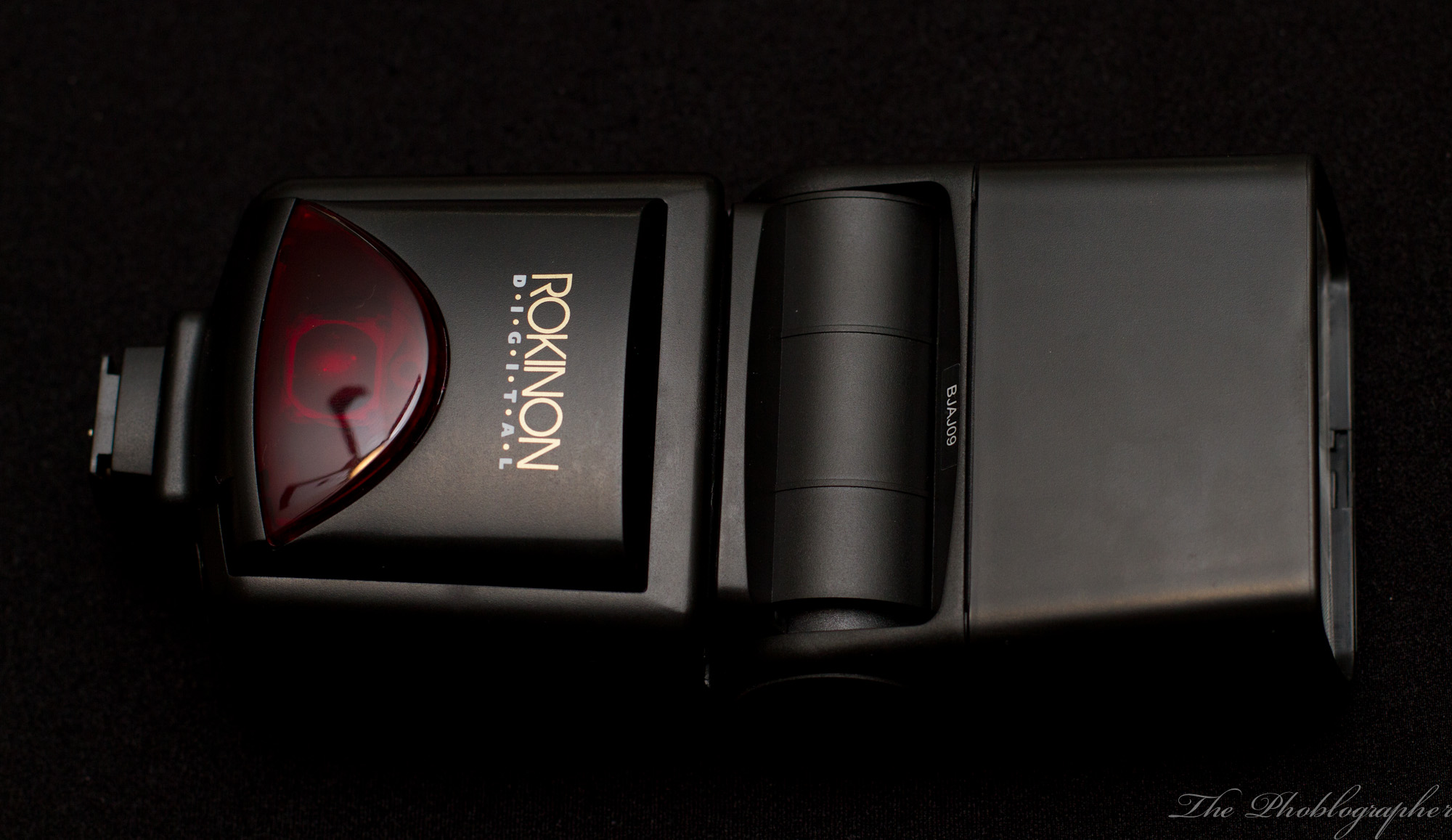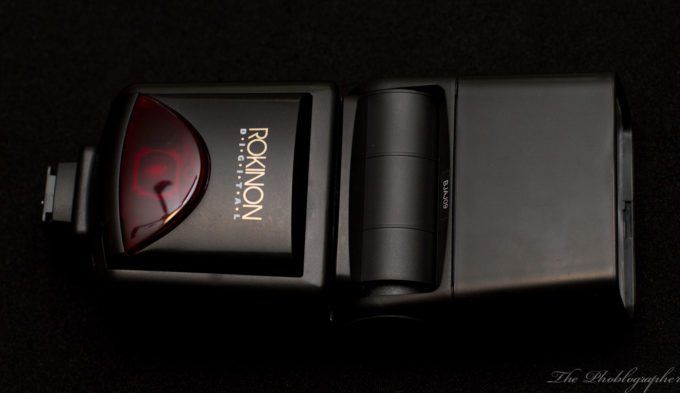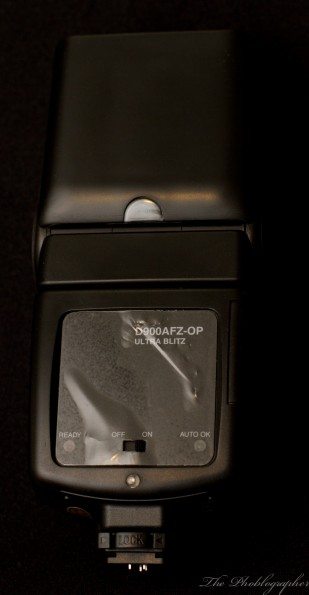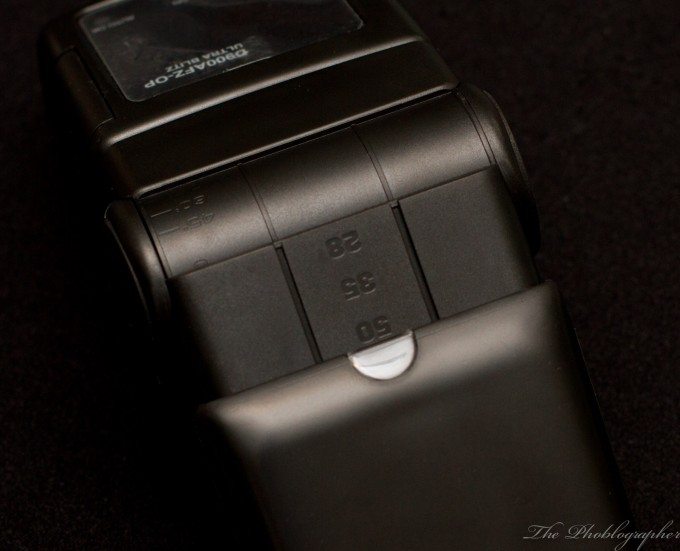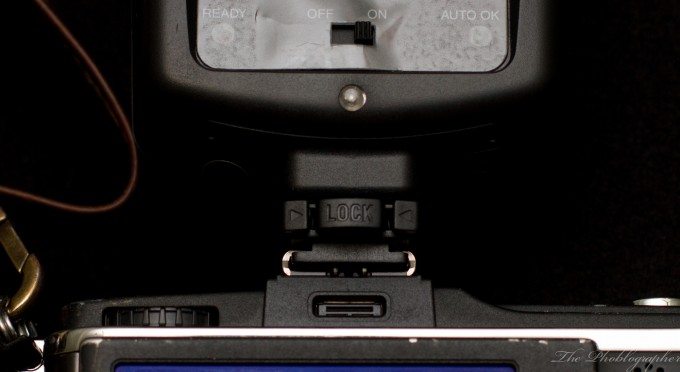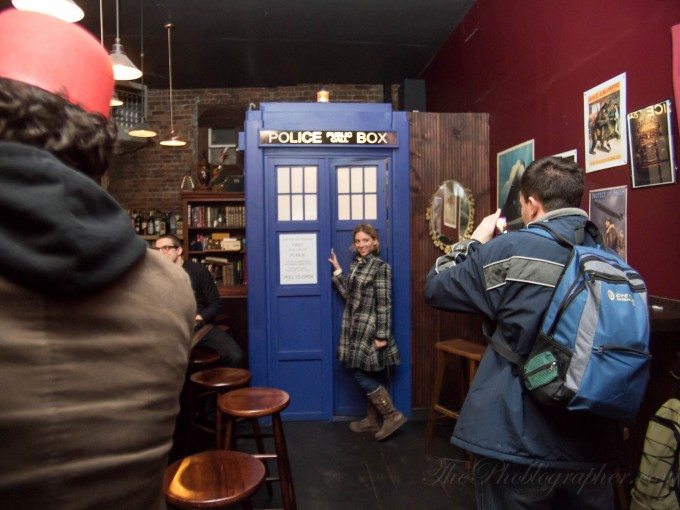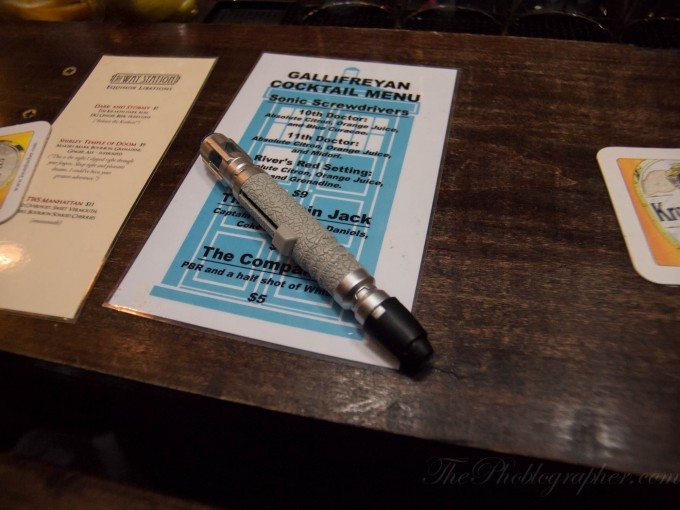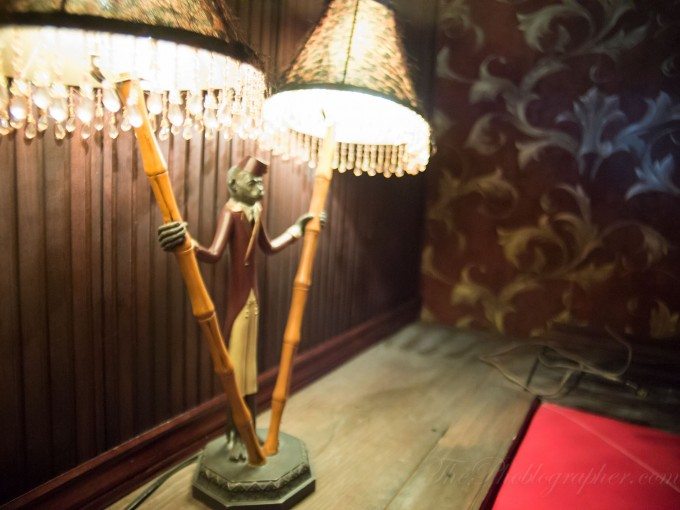The Rokinon D900AFZ-OP is a TTL flash designed for budget level users that don’t want the hassle of having to figure out calculations in terms of flash output, exposure, etc. The one I tested was designed for Four Thirds cameras, but the TTL algorithms translate right over the Micro Four Thirds language (and therefore, both Panasonic and Olympus.)
Read one to see why this flash was recently chosen in our best budget flash post.
Gear Used
Tech Specs
Product information taken from Rokinon’s website.
Features
- Guide Number: 42m or 138ft at 35mm position
- Auto focus/TTL Metering
- Multi Angle Bounce Head: 0/45/60/75/90 degrees
- Recycle Time: 0.5 – 8 Sec.
- Zoom Position: 28-85mm
- Swivel: Left 180 degress or Right 90 degrees
- Red eye reduction
- Red focus beam to assist in low light situations
- Automatic shutter speed control
- Power saving function
- Flash readiness indication in viewfinder
- Uses 4 AA Batteries
- Includes a 1 year warranty
- Features a built-in diffuser and reflecting plate
- Fully compatible with Olympus E450 E600 E620 E30 E3 E500 E510 E520 E420
Dimensions and Weight
- 2.8×3.2×4.2
- 1lbs
Ergonomics
Before we begin, it should be noted that the big red area on the front of the flash isn’t an infrared eye. According to the manual, it is a red focus assist beam. However, in practice, I never saw it go off.
The back of the D900AFZ-OP is very simple. There is an on and off switch plus a ready light button to tell you when the flash is ready to fire. I’ve never seen the auto ok button turn on or off.
The head has its own zoom range from 28mm to 85mm. Depending on which focal length of lens you are using, you should adjust the head accordingly.
The Rokinon flash’s head is also capable of tilting and swiveling. This is useful for bounce flash: the primary reason to use one of these.
It attaches to your camera via one of the strangest locking mechanisms I’ve seen. First, you’ll need to push the foot into the hot shoe. After that, push the locking mechanism in on the flash and it will secure into place. To unlock it, just push the two side buttons next to the lock button.
In practice, the mechanism doesn’t feel so secure. I’m positive that a good, hard knock will send the flash flying. This is very much unlike the Canon, Nikon and Olympus flashes that are made.
The flash itself is quite big. It will fit with ease into a coat pocket, but I usually brought a camera bag of some sort with me anyway.
In Use
Street Photography with a cord and on-camera
I’ve been using the flash for about a month now and one of the first times that I tried using it made me realize a very big mistake of my own. First off, I tried using the flash with a flash cord and the flash attached in order to shoot Bruce Gilden and Eric Kim style. That was a big mistake. Before I go on, note that the cord wasn’t a TTL cord. In fact, it was a Vello Canon cord meant just for manual flash use when attached to the flash. That means that the flash wasn’t firing in TTL mode. Instead, it switched itself to manual. If you do want an TTL cord for Micro four thirds, I highly recommend the Olympus FL-CB05. However, all of the new Olympus cameras have wireless flash control built-in if your flash has an infrared eye-sensor.
When in manual mode, the flash took around 8 seconds and sometimes more to recycle. In the end, it ended up killing my batteries as well.
When I was able to put the flash back onto the camera though, it metered perfectly. However, that meant that I needed to use the flash while it was in the hot shoe and it could not be used any other way. When I found that out, I thought it was a major bummer because of just how large the flash is in comparison to the small micro four thirds camera bodies. In fact, when the EP2 was slung around my neck, the flash often tilted over due to unbalance with the EP2 and EPM1.
Getting the hang of the flash
When shooting the flash directly at a subject though, I’d recommend using the camera in manual mode in order to try to create the best and most balanced histogram possible.
I also noted that when shooting, it was necessary for me to still crank the ISO levels up quite a bit. In the photo above, I’m at ISO 1600 and f2.8. The flash is being bounced off of a wall behind me while it is attached to the hot shoe.
When subjects are further away, you’ll probably have a tougher time illuminating them. This is very unlike the Olympus FL-36r and FL-50r. In practice, it also tells me that this little Rokinon doesn’t generate a whole heap of power.
Fast lenses are the key
Another way that I was able to tell that was from ceiling heights. In places with high ceilings where my 580 EX II or 430 EX II would have no trouble at all, the Rokinon flash had lots of trouble to where I needed to raise the ISO levels. In the photo above, I shot the flash off of a corner where the wall met the ceiling and was able to softly illuminate the two men.
I was able to further prove that point many times that night while shooting as the Way Station (a really awesome nerd bar in Brooklyn) didn’t have the highest ceilings. However, to be very fair, I used a much faster aperture lens that night. On my EPM1 was the SLRMagic 12mm f1.6. While often shooting at f1.6, the flash was able to allow the sensor to absorb more light due to the fact that apertures directly affect flash exposure at a given output level.
However, manually focusing the lens isn’t a walk in the park, especially in super dark surroundings.
Though I’m an Olympus Pen user, I firmly believe that the Rokinon flash would do best on a camera like the Panasonic GH2 due to the DSLR-like design which will make it feel more balanced. When combined with the excellent 12mm f1.6 by SLRMagic, you’ll be able to see into the night with no problems at all. In fact, I’d go so far as to say that you’ll have a fully professional system.
In addition, the GH2’s built-in viewfinder will let the user manually focus with ease vs doing it on an LCD screen.
While I’m able to make my Canon and Nikon flashes meter perfectly with the flash directly hitting a subject, I couldn’t do it with the Rokinon. So my best recommendation when using the flash is to bounce it.
To my dismay, it does not include the built in diffuser and reflecting plate that the website says it does. Those would have probably helped vs bringing my Rogue Flash Benders.
Indeed, having to manually focus the faster lens on the EP2 or EPM1’s LCD screen wasn’t the easiest thing to do at all with a big flash unit on top. I often just tried using the depth of field scale instead.
If I had the Olympus 12mm f2, 45mm f1.8, Panasonic 25mm f1.4, or 20mm f1.7 then I probably would have had a much easier time due to the autofocusing capabilities. Sadly, all of my fast lenses are all manual focus only.
Conclusion
I really, really believe that the Rokinon DF900AFZ-OP was designed for those that just want to shoot and not worry about any sort of manual settings with their flash. And for those reasons, the flash is really quite excellent. It is a flash that someone can grow with due to the excellent bounce and swivel head. If set to TTL, the user can teach themselves just how speedlight flashes work. Then when they are ready to step up, they can spring for the more complicated and expensive flashes that allow the user to set the output manually (as well as TTL settings) and also allow for wireless flash control. But if they want to stay at the budget level, they can also spring for the Vivitar 285HV.
My only major concerns were the build quality around the flash’s foot, no diffusion panel/card, and that I really wish that it had manual settings.
However, this flash gets nothing more than my full recommendations. Just get some gaffers tape, ensure that it doesn’t come out of the hot shoe, and consider a TTL cord for some extra versatility. Plus, it is best used with fast aperture autofocus lenes.
Please Support The Phoblographer
We love to bring you guys the latest and greatest news and gear related stuff. However, we can’t keep doing that unless we have your continued support. If you would like to purchase any of the items mentioned, please do so by clicking our links first and then purchasing the items as we then get a small portion of the sale to help run the website.


